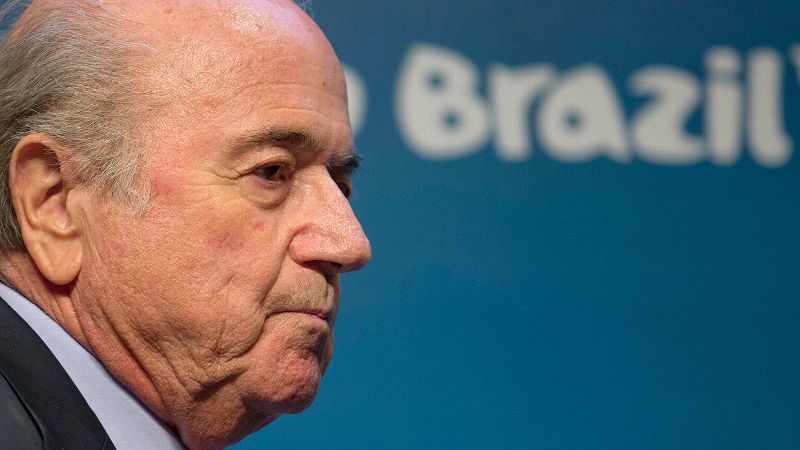REPRINTED FROM ESPNW
OH MY GOD, I CAN’T BELIEVE I NEED TO WRITE THIS COLUMN
By Kate Fagan | Dec 31, 2014
On Sunday, the New Zealand Herald printed a story by sports columnist Chris Rattue beneath the headline, “Girls, you can’t fight genetics.”
The “girls” about whom Rattue was writing: international soccer stars, including Abby Wambach (she’s 34 years old), Nadine Angerer (she’s 36), Homare Sawa (36), Marta (28), Alex Morgan (25) and Sydney Leroux (24).
Need we go on?
Rattue doesn’t actually mention any of the above female athletes by name, but rather lumps them together as “dissatisfied women footballers of the world” for filing an anti-turf lawsuit against FIFA earlier this year. (More than 60 female soccer players from various countries, including New Zealand, signed their names to the lawsuit, which claims that holding next summer’s 2015 Women’s World Cup in Canada on artificial turf is a form of gender discrimination, as all previous World Cups have been played on grass.)
Rattue apparently believes so strongly that female soccer players should just be happy with what they get — i.e., “if FIFA is the misogynist devil you portray it to be, set up your own world football organization” — that he’s willing to link arms with FIFA president Sepp Blatter, a guy almost nobody wants to touch, in order to wag a collective finger at women’s soccer. “Blatter could help an old lady across the road and he’d be accused of holding up the traffic,” Rattue writes.
For anyone who enjoys women’s sports, the column is difficult to digest. But dismissing Rattue outright would be a missed opportunity. Because, truthfully, he’s not saying anything about female athletes that plenty of others haven’t said or thought before. He actually employs a handful of pretty standard off-target arguments — ones often used to justify the marginalization of women’s sports.
So instead of torpedoing the piece, let’s dissect it.
Here are a few of the timeworn phrases that Rattue trots out:
The vast majority of women’s football is for family and friends.
As with almost all team sport, top-level women’s football will never be as good to watch as top-level men’s football as we know it.
Men are stronger and more dynamic.
Professional sports watching isn’t an exercise in human rights. People like what they like, spend their money on what they want to, and are drawn to the best.
Hmmm, where to begin?
Let’s start with the notion that the vast majority of women’s sports are for friends and family. There is one extraneous word in the above sentence. Can you spot it? It’s the word before “sports” and after “of.” The reality: The vast majority of all sports, played by humans of all genders, are played for friends and family.
But of course, we’re not debating all sports, or all women’s sports; we’re debating one sport in particular: World Cup women’s soccer. The argument in this column seems to be that the playing fields for the most important women’s soccer tournament in the world shouldn’t have the best surface because nobody watches the games anyway.
Well, that argument is inaccurate.
A couple of quick facts: The final of the 2011 Women’s World Cup between the United States and Japan drew a then-record 7,196 tweets per second, a pace faster than the royal wedding or the death of Osama bin Laden. The TV broadcast on ESPN, with 13.5 million viewers, was at the time the network’s most-watched and highest-rated soccer match ever, for men’s or women’s games.
So, you know, people actually do care about women’s sports — that is, when they know the storylines of the players, the stakes of the game. Of course, that rarely happens. According to one study, the sports media dedicates only about 4 percent of its coverage to female athletes.
So do people not watch women’s sports because there is precious little media coverage, or does most media not cover women’s sports because nobody watches? And what might happen to people’s interest in women’s sports if one year all media outlets gave 96 percent of their column inches and airtime to female athletes?
Those are relevant questions, actually, because when women’s sports receives mainstream airtime, and the stories of the participating athletes are introduced to the public, ratings often increase. (See here and here.) With significant coverage, female athletes — women such as Ronda Rousey, Serena Williams, Alex Morgan and Shawn Johnson, to name a few — often become just as relevant as their male counterparts. ESPN, which broadcasts more live women’s sports events than any other network, now has a nine-match deal with the National Women’s Soccer League for 2014, and recently re-upped with the WNBA through 2022. (Not to mention the specific investment in telling stories of women in sports made by our own espnW.)
So saying that no one likes women’s sports, …” Click to go to original article.

